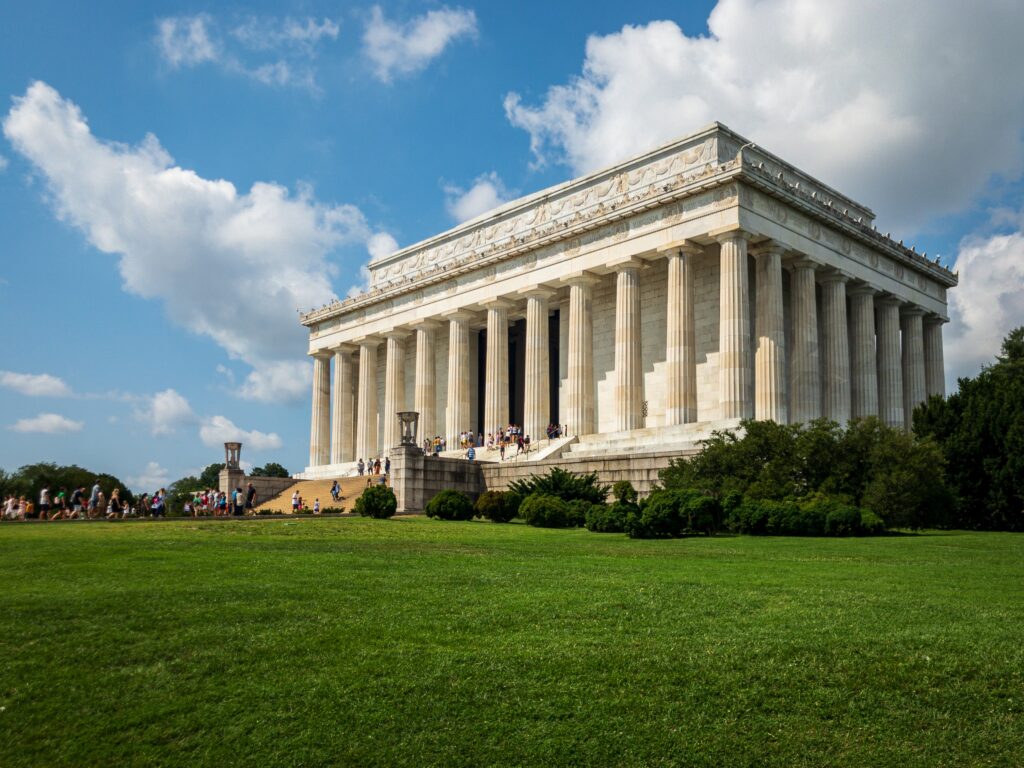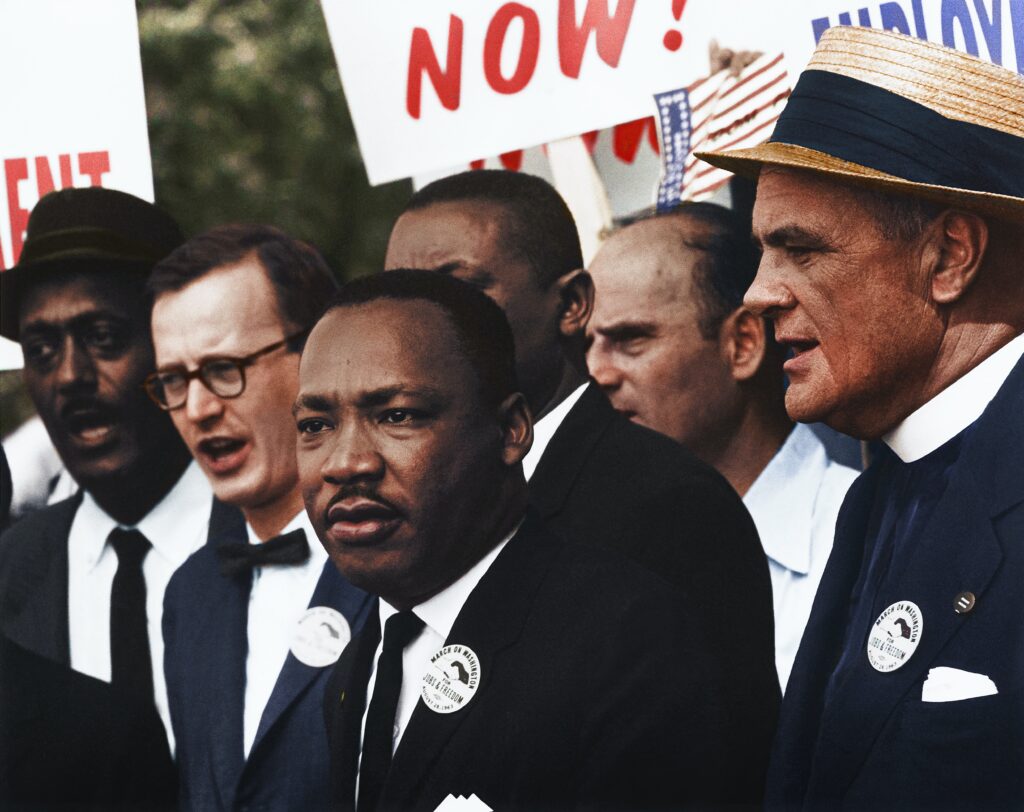To mark President’s Day, I wanted to focus on my favorite tourist destination in DC: The Lincoln Memorial. It’s is a magnificent structure located in Washington, D.C. that serves as a memorial to President Abraham Lincoln.
This is my favorite because we have a long history together. When I was about 7 or 8 years old, I went to the coolest kiddie birthday party ever – underneath the Lincoln Memorial! We had a guided tour of the construction remnants, history, architectural elements beneath the memorial, and the stalagmites and stalactites. Forty years later, this memory is one of my favourites (up there with the year my parents threw me a surprise party inside Lowen’s toy store’s ice cream parlour IYKYK).
Of course, the memorial has a history that started way before I ever existed…

Design and Inscriptions
The Memorial was designed by architect Henry Bacon and was dedicated on May 30, 1922.
On the north and south walls of the Memorial’s chamber, there are inscriptions of Lincoln’s second inaugural address and his Gettysburg Address, respectively. The Gettysburg Address is one of the most famous speeches in American history and is considered a defining moment in the Civil War. On the east and west walls of the Memorial, there are murals that depict various aspects of Lincoln’s life and presidency. One of the murals, for example, shows Lincoln as the Great Emancipator, surrounded by scenes of slavery and the Civil War. The centerpiece of the Memorial is a large statue of Lincoln, seated in a chair and facing out towards the Reflecting Pool and the Washington Monument. The statue is 19 feet tall and is carved from 28 blocks of white marble.
A little known fact is that there is a typo in the Lincoln Memorial! A worker who possibly grabbed the wrong stencil accidentally chiseled “EUTURE” instead of “FUTURE” when etching the words of Lincoln’s Second Inaugural Address into the memorial’s north wall.
The states that are carved around the top of the Lincoln Memorial are those that were part of the Union during Abraham Lincoln’s presidency: Delaware, Pennsylvania, New Jersey, Georgia, Connecticut, Massachusetts, Maryland, South Carolina, New Hampshire, Virginia, New York, North Carolina, Rhode Island, Vermont, Kentucky, Tennessee, Ohio, Louisiana, Indiana, Mississippi, Illinois, Alabama, Maine, Missouri, Arkansas, Michigan, Florida, Texas, Iowa, Wisconsin, and California. That is ALMOST all the states, because Alaska and Hawaii entered the union after Lincoln’s presidency and also after the memorial was completed.

Witness to History
The Lincoln Memorial has a rich and significant history in American history and culture. It was built to commemorate the life and legacy of President Abraham Lincoln, who is widely considered one of the greatest American Presidents. Lincoln is best known for leading the country through the Civil War and preserving the Union, as well as for his Emancipation Proclamation, which declared slaves to be free. We can admire him for all he did, especially knowing his beliefs and convictions evolved through his life. He did better and learned as he lived.
The Lincoln Memorial has been the site of many important events in American history. In 1939, Marian Anderson gave a historic concert at the Memorial after being denied the opportunity to perform at Constitution Hall because of her race. In 1963, the March on Washington for Jobs and Freedom took place at the Lincoln Memorial, where Dr. Martin Luther King Jr. delivered his famous “I Have a Dream” speech.
The Lincoln Memorial has also been the site of many peaceful protests and demonstrations, and is considered a symbol of unity and freedom. Today, it is one of the most visited tourist attractions in Washington, D.C., attracting millions of visitors each year from around the world.
As a symbol of unity and freedom, the Lincoln Memorial is a testament to the life and legacy of President Abraham Lincoln, and a reminder of the powerful events that have taken place in its shadow over the years. It continues to be an important part of American history and culture, and a source of inspiration for generations to come.
